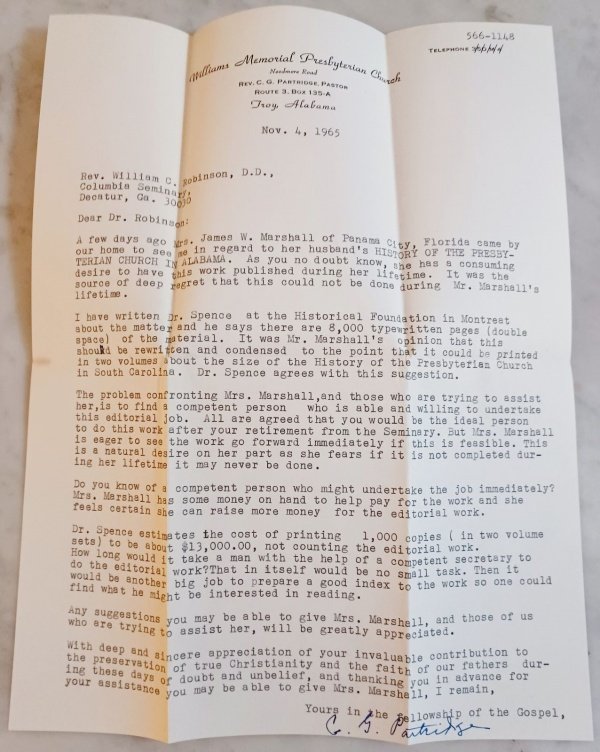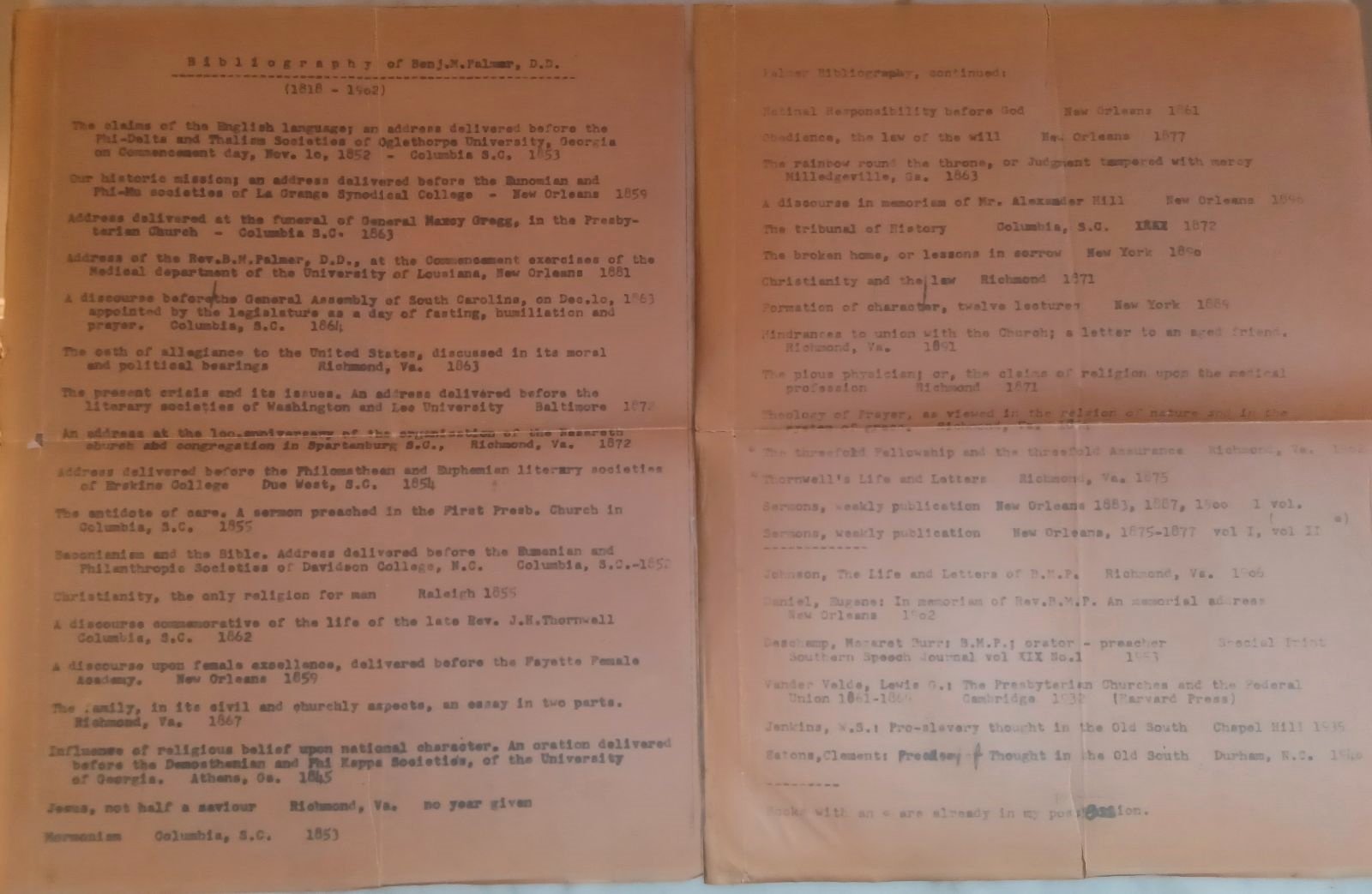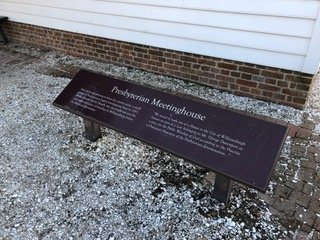Receive our blog posts in your email by filling out the form at the bottom of this page.
God moves in a mysterious way
His wonders to perform
He plants His footsteps in the sea
And rides upon the storm — William Cowper (1773)
Recently, Hurricane Ian became one of the strongest storms ever to hit the American coast, leaving a trail of destruction and causing great loss of life in Florida and other parts of the Southeast. Two-hundred and fifty years ago, another major hurricane left devastation in its wake throughout the Caribbean, the Gulf of Mexico and, eventually, the area between what is now Pensacola, Florida and Mobile, Alabama. This particular is known to history by several different names — Hurricane San Agustin of 1772, the Alexander Hamilton Hurricane of 1772 or Bernard Roman's Gulf Coast Hurricane of 1772 — and its association with Alexander Hamilton is what we aim to highlight today.
In August 1772, Alexander Hamilton, a native of the island of Nevis (now the nation of St. Kitts and Nevis), was living in Christiansted, on the island of St. Croix (then a Danish territory, now part of the U.S. Virgin Islands) and working as a store clerk. Earlier that year, in May, Hugh Knox — an Ulster Scot Presbyterian who had studied at the College of New Jersey (Princeton) and was ordained by Aaron Burr, Sr. — had arrived at St. Croix from Saba, also in the Dutch West Indies. He had assumed the pastorate of the Scotch Presbyterian church in St. Croix but also served on occasion as the editor of the Royal Danish American Gazette. In God’s Providence, the hurricane that struck Christiansted on August 31, 1772 (reckoned by modern standards to have been a Category 5 storm) was to bring Hamilton and Knox together in such a way as to change American history.
A few days after the storm had left almost total devastation in St. Croix, Rev. Knox gathered his flock at the local Dutch Reformed church and delivered a sermon titled A Discourse Delivered on the 6th of September, 1772, in the Dutch Church of St. Croix: On Occasion of the Hurricane (1772). Young Hamilton had previously written some poetry that had been published in the Gazette. The same day that Knox delivered his discourse, Hamilton, then seventeen years old, wrote a letter to his father which, having shown it to Knox, was persuaded to allow it to be published in the Gazette. It appeared in the October 3rd issue, with a preface by Knox, and caused a sensation. Local businessmen were motivated to raise funds for the education of the young clerk who had described the destruction of his city and island so eloquently and vividly.
It is believed that Knox became Hamilton’s chief sponsor as well as his tutor and mentor. Hamilton’s biographer, Ron Chernow, attributes a change — as it appeared before and after the hurricane — in Hamilton’s poetry to a more religious tone, to the mentorship of Knox (Alexander Hamilton [2004], p. 34). By 1773, the funds had been raised for Hamilton to sail to the mainland, where he would go on to study at King’s College (now Columbia University) in New York City, and later served his adopted country as a Founding Father of the United States, as Secretary of the Treasury, and as an author of The Federalist Papers. His image appears today on the $10 bill. Tragically, he was killed in a duel with Aaron Burr, Jr. in July 1804. Chernow notes that it was almost certainly from the lips of Hugh Knox that Alexander Hamilton first heard the name Aaron Burr. It is one of the remarkable ironies of history that the son of the man who ordained Hugh Knox — it was Knox who, recognizing his talent, primarily encouraged Hamilton to come to America to study — should be the one who took Hamilton’s life.
Knox’s Discourse and Hamilton’s letter are both available to read at Log College Press here. It is worthwhile to contemplate the providential path that brought such a storm to St. Croix, that inspired Hamilton’s letter, that led to his removal to America, where he would go on to contribute to the founding of the new nation of the United States. Rather than remaining an unknown illegitimate store clerk in the Caribbean, because of a storm and a friend who saw something remarkable in his writing, Hamilton left a profound mark on a young nation despite his premature death. As Cowper has so wisely said, “God moves in a mysterious way.”































